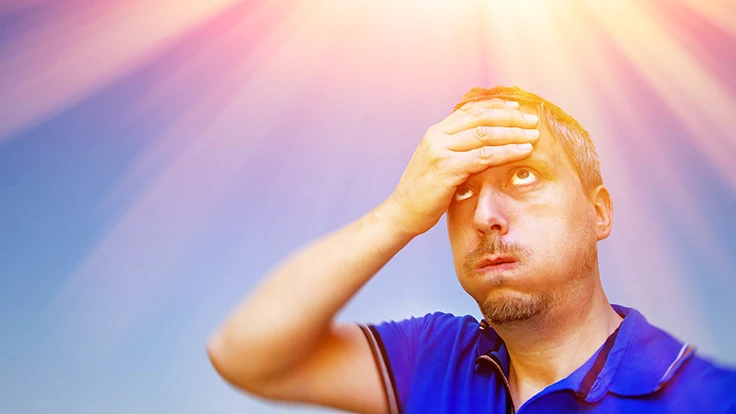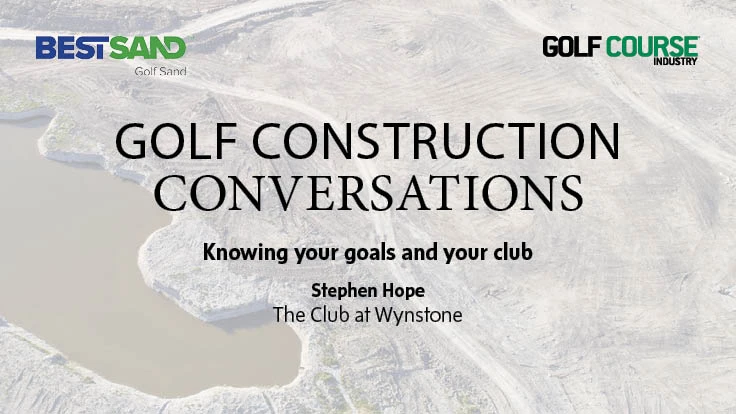
Sports medicine specialist Dr. Sean A. Cupp says when someone is suffering from the effects of the heat, it's important to begin treatment immediately.
"The most important think you can do is stop the activity and begin immediate cooling,” he says. “Get them in a shaded area, immerse them in water -- ice water would be great.
Professional and college sports use big tubs full of ice water to cool down athletes, Cupp says. “We put the person in that environment to rapidly cool them as much as we can,” he says. “We start replacing their fluids right away so if someone start having symptoms we get them into a shaded environment. We start cooling and we start replacing fluids by mouth."
The key difference between heat exhaustion and heatstroke is body temperature, not the amount someone may or may not be sweating, Cupp says. "The thinking used to be if you had sweating it's heat exhaustion and when you're sweating stops, it's a heatstroke," he says. "But we know, that basically what differentiates between the two is the core body temperature being 104 and under or 105 and over.
"You may respond a little differently than I do with the inability to sweat or to sweat more. So, you could have heat stroke and still be sweating or you could have heat exhaustion without the ability to sweat at all."
Heat exhaustion can progress to heatstroke, which can be fatal. Cup says it's important to seek medical care," Cupp says.
"Call 911 to get the appropriate medical response started," he adds.
"The most important think you can do is stop the activity and begin immediate cooling,” he says. “Get them in a shaded area, immerse them in water -- ice water would be great.
Professional and college sports use big tubs full of ice water to cool down athletes, Cupp says. “We put the person in that environment to rapidly cool them as much as we can,” he says. “We start replacing their fluids right away so if someone start having symptoms we get them into a shaded environment. We start cooling and we start replacing fluids by mouth."
The key difference between heat exhaustion and heatstroke is body temperature, not the amount someone may or may not be sweating, Cupp says. "The thinking used to be if you had sweating it's heat exhaustion and when you're sweating stops, it's a heatstroke," he says. "But we know, that basically what differentiates between the two is the core body temperature being 104 and under or 105 and over.
"You may respond a little differently than I do with the inability to sweat or to sweat more. So, you could have heat stroke and still be sweating or you could have heat exhaustion without the ability to sweat at all."
Heat exhaustion can progress to heatstroke, which can be fatal. Cup says it's important to seek medical care," Cupp says.
"Call 911 to get the appropriate medical response started," he adds.
Latest from Golf Course Industry
- Renovating Bredemus in West Texas
- Renovation starts at Okatie Creek GC at Sun City Hilton Head
- The Fittest Podcast in Turf: Episode 1
- New 6-hole course debuts in Oklahoma
- GCSAA announces Grassroots Ambassador Leadership Award recipients
- Reel Turf Techs: David Gummo
- PBI-Gordon promotes two to executive level
- VIDEO: A First Green morning





